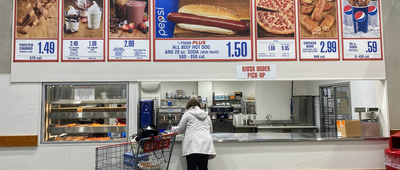Stamp of Approval
The United States Postal Service is part of our national heritage going all the way back to the Revolutionary War. The Founding Fathers believed a postal system to be so important that they wrote it into the U.S. Constitution, compelling Congress to establish one. As America grew, so did the Postal Service. The post office — and its ubiquitous postage stamps — became a part of daily life, an important conduit for news and information, a vehicle for commerce, and of course, a way to stay in touch with friends and family. Test your knowledge of Postal Service history with these postal firsts and facts.
Related: Why Stamp Prices Keep Rising



























